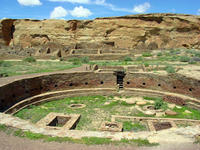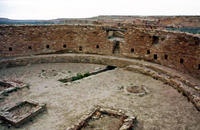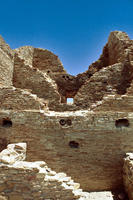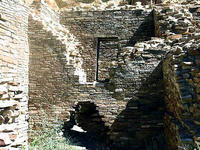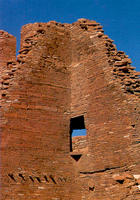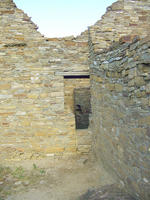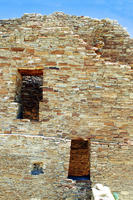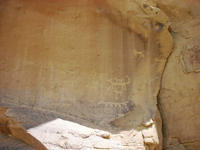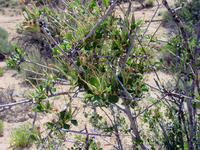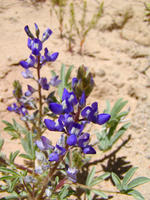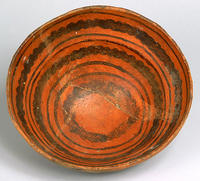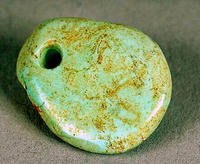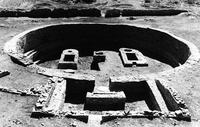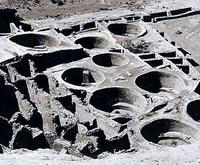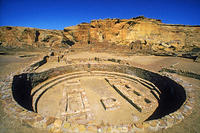You are in: North America -> United States of America -> Chaco Culture, and traditional search or Image Gallery will yield results of this site only
Chaco Culture
| Site number: | 353 |
|
| Type of site: | Cultural | |
| Date: | 850 - 1250 | |
| Date of Inscription: | 1987 | |
| Location: | North America, United States of America, New Mexico | |
Up to 75 images are shown here. Click on each for more details or on Image Gallery for more images.
| Description: | Pueblo peoples have inhabited an infinite region of the south-western United States for the last 2,000 years. Chaco Canyon, which was between 850 and 1250 a key centre of ancestral Pueblo culture, acted as the meeting point within the prehistoric Four Corners area for ceremonials, trade and political activity. Chaco is noteworthy for its colossal public and ritual buildings as well as its characteristic architecture – it holds an early urban ceremonial centre that differs from anything built before it, or for that matter since. The World Heritage property, besides the Chaco Culture National Historical Park, also embraces the Aztec Ruins National Monument and a number of smaller Chaco sites administered by the Bureau of Land Management. --WHMNet paraphrase from the description at WHC Site, where additional information is available. | |
| Chaco Culture National Historical Park is a United States National Historical Park and a UNESCO World Heritage Site hosting the densest and most exceptional concentration of pueblos in the American Southwest. The park is located in northwestern New Mexico, between Albuquerque and Farmington, in a relatively inaccessible valley cut by the Chaco Wash. Containing the most sweeping collection of ancient ruins north of Mexico, the park preserves one of America's most fascinating cultural and historic areas. Between AD 900 and 1150, Chaco Canyon was a major center of culture for the Ancient Pueblo Peoples. Chacoans quarried sandstone blocks and hauled timber from great distances, assembling fifteen major complexes which remained the largest buildings in North America until the 19th century.Evidence of archaeoastronomy at Chaco has been proposed, with the "Sun Dagger" petroglyph at Fajada Butte a popular example. Many Chacoan buildings were aligned to capture the solar and lunar cycles, requiring generations of astronomical observations and centuries of skillfully coordinated construction. Climate change is thought to have led to the emigration of Chacoans and the eventual abandonment of the canyon, beginning with a 50-year drought in 1130. Located in the arid and inhospitable Four Corners region, the Chacoan cultural sites are fragile; fears of erosion caused by tourists have led to the closure of Fajada Butte to the public. The sites are considered sacred ancestral homelands of the Hopi and Pueblo people, who continue to maintain oral traditions recounting their historical migration from Chaco and their spiritual relationship to the land. Though park preservation efforts conflict with native religious beliefs, tribal representatives work closely with the National Park Service to share their knowledge and respect the heritage of the Chacoan culture. --Wikipedia. Text is available under the Creative Commons Attribution-ShareAlike License. | ||
| Source: | http://whc.unesco.org/en/list/353 | |
| Reference: | 1. UNESCO World Heritage Center, Site Page. | |








